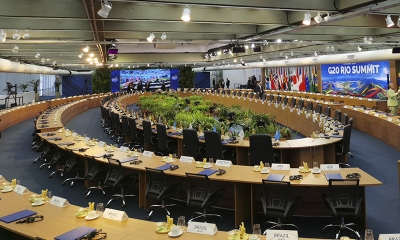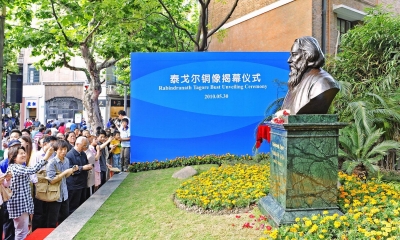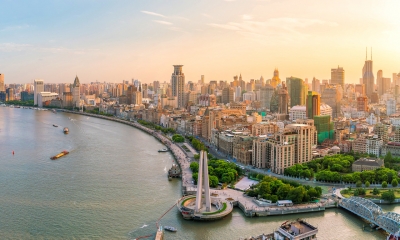China-India Ties Turn 75: Charting a Prosperous Future Together
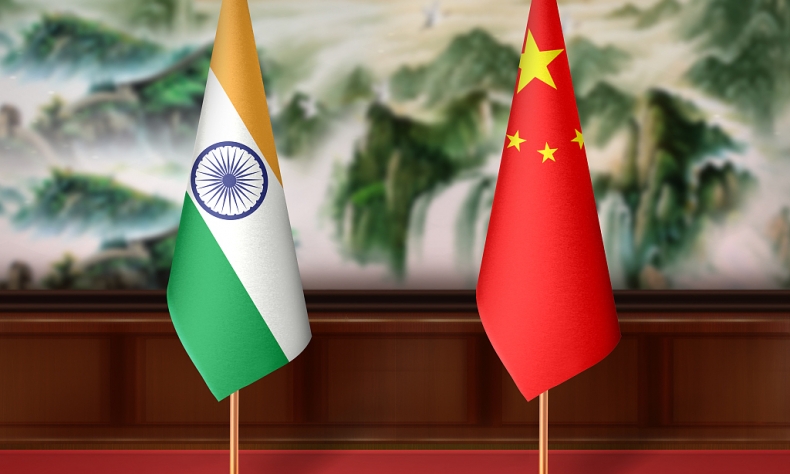
It is hoped that the two close neighbours should avoid geopolitical traps and come together to build a community with a shared future for mankind.
On April 1, 2025, more than 2.8 billion Indian and Chinese people living on the two sides of the Himalayas embraced the momentous 75th anniversary of the establishment of diplomatic relations between China and India, two Asian ancient civilizations with millennia-old ties.
Undoubtedly, the 75th anniversary of diplomatic ties is a day of great celebration because the common people of India and China always want to see a smoother path, a pragmatic approach, and a brighter future for India-China relations despite diplomatic fluctuations.
Restoring China-India relations
Like a vast river valley emerging from the Himalayas, the relationship between India and China has had its ups and downs in recent history. The India-China relationship will not stagnate due to prolonged border tensions.
No matter how the international landscape evolves, the fundamental reality that China and India as the two largest developing countries remains unchanged. The shared goal of development remains unchanged. Today, China and India have grown into the world’s second and fifth largest economies respectively. At this time of profound changes in the world, given their growing power and economic influence on the world stage in recent years, the Sino-India relationship may indeed be one of the most important relationships of the 21st century.
India and China exchanged mutual congratulatory messages to mark the 75th anniversary of diplomatic ties on April 1. In his message to Indian President Droupadi Murmu, Chinese President Xi Jinping described China-India relations as the “Dragon-Elephant Tango,” symbolizing a harmonious partnership between the emblematic animals of the two countries.
President Xi said that he is ready to work with President Droupadi Murmu to take the 75th anniversary as an opportunity to enhance strategic mutual trust, strengthen exchanges and cooperation in various fields, deepen communication and coordination in major international affairs, jointly safeguard peace and tranquility in the China-India border area, steer China-India relations forward along a sound and steady track, and contribute to world peace and prosperity.
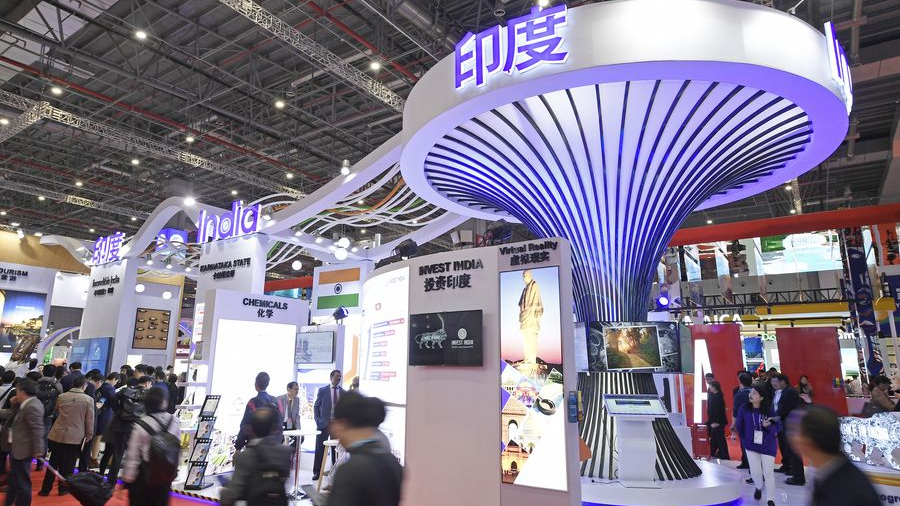
Droupadi Murmu stressed that a stable, predictable and friendly bilateral relationship will benefit both countries and the world. She proposed to take the 75th anniversary as an opportunity to jointly promote the sound and steady development of India-China relations.
On the same day, Premier Li Qiang exchanged congratulatory messages with Indian Prime Minister Narendra Modi. Both leaders emphasized the importance of the bilateral relations and that they will work together to steer the bilateral relations forward along a sound and stable track, and bring more benefits to the two peoples.
The exchange of congratulatory messages from the leaders of both countries showed that the two sides are keen to reduce tensions and promote a sound relationship.
People-to-people bonding
India and China have crossed 75 years of diplomatic relations. But people-to-people connections between the two countries date back to ancient times, when trans-Himalayan trade routes fostered cultural synergies and redefined their shared destiny. These interactions are rooted in diverse aspects of life, from Buddhism, arts, humanities and literature to modern-day Bollywood movies, Darjeeling tea, and Yoga. From Xuan Zang to Rabindranath Tagore and Dr. Dwarkanath Kotnis, from Buddha to Bollywood star, people-to-people interactions across the Himalayas have been continuous.
More than a century ago in April 1924, Nobel Laureate and great Indian poet Rabindranath Tagore, who visited China with a message of love and brotherhood, said, “Friends, I don’t know why, but when I come to China, it feels like returning to my hometown. I have always felt that India is an extremely close relative of China and are very old and dear brothers”.
Common people like to see the blue bright sky of friendship between the two countries. In today’s globalized world, it is time to shed new light on bilateral relations, focusing on the well-being of people from both countries.
In recent years, people-to-people exchanges have become a form of “soft power”, providing a flexible buffer for diplomatic relations despite occasional ups and downs in political relations between the two Asian neighbours. It is heartening to witness the recent heightened focus on the betterment of our bilateral relations through promoting cultural interactions. Chinese diplomatic missions in India issued 280,000 visas to Indian citizens in 2024. In the first quarter of this year, about 70,000 visas were issued, up about 15 percent year-on-year. This data surely highlights China’s commitment to increasing people-to-people exchanges with India.
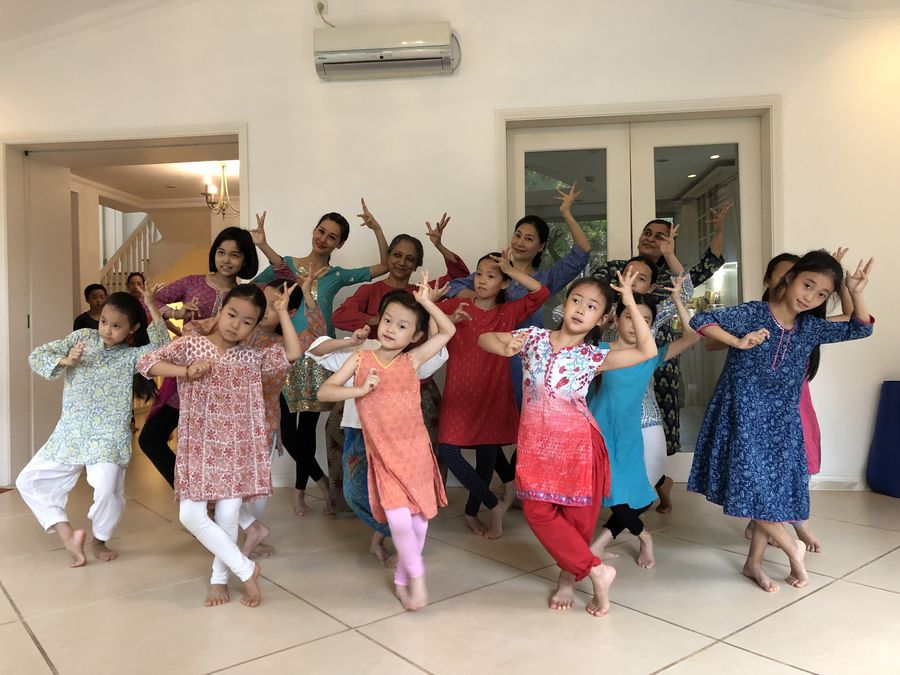
Strengthening Global South solidarity
As important members of the “Global South”, the two Asian giants are eager to forge a forward-looking vision, focusing on long-term cooperation in people-to-people exchanges and economic and trade partnerships.
The congratulatory messages from both leaders also showed that the two sides are willing to work together for the development of Global South.
As President Xi stressed, China and India are ancient civilizations, major developing countries and important members of the “Global South”. Both countries are at a critical stage of their respective modernization drive. The development of China-India relations demonstrates that it is the right choice for both sides to be partners of mutual achievement and realize the cooperative pas de deux of the dragon and the elephant, which completely serves the fundamental interests of the two countries and their peoples.
In his message to Chinese Premier Li Qiang, Indian Prime Minister Narendra Modi said, “The development of India-China relations is not only conducive to the prosperity and stability of the world, but also contributes to the realization of a multipolar world. The 75th anniversary of the establishment of diplomatic relations between India and China will usher the bilateral relations into a stage of sound and stable development.”
Both China and India play crucial roles in international organizations and multilateral systems including the United Nations, BRICS, and the G20. As major representatives of the Global South, the two share many common interests in combating climate change, reforming global financial architecture, and governing artificial intelligence. The stable relationship between the two countries will profoundly influence the global landscape and deeply shape the future path and direction of the world.
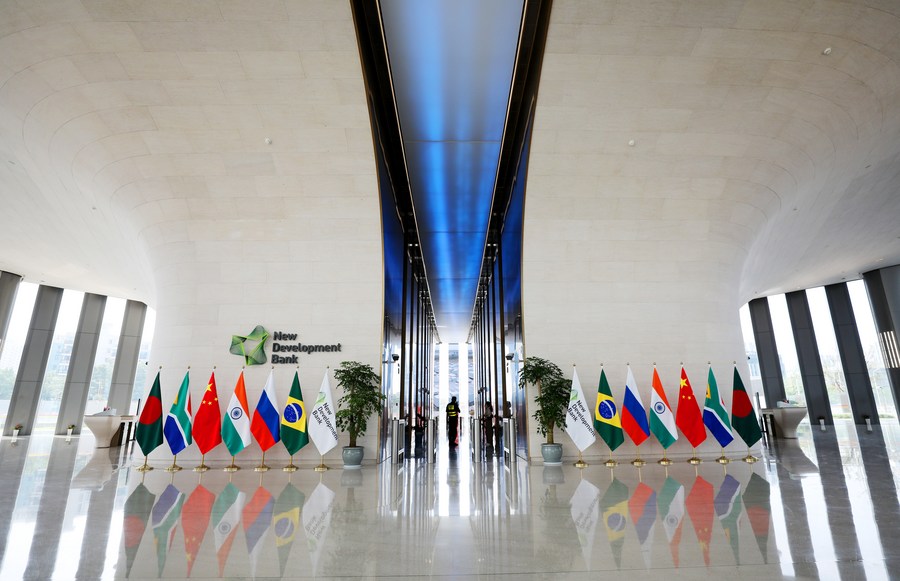
As two ancient civilizations, major developing countries and emerging economies, China and India should optimize and improve global industrial chains and supply chains, and strengthen the voice of developing countries in global economic governance. Undoubtedly, strengthening China-India economic cooperation will not only facilitate the sustainable growth of the two economies, but also accelerate the economic development of the Global South. This endeavor aligns with the fundamental interests of the Global South and is conducive to world peace, stability and prosperity. By enhancing collaboration in global governance, China and India can amplify the collective voice of developing countries in the international community, and also expedite the advent of the “Asian Century.”
In a word, India and China should find a new model of cooperation conducive to regional and global peace and prosperity. It is hoped that the two close neighbours should avoid geopolitical traps and come together to build a community with a shared future for mankind — one that promotes development, peace and common prosperity. Let India and China join hands to realize “Dragon-Elephant Tango” and achieve greater glory in the next 75 years!
The article reflects the author’s opinions, and not necessarily the views of China Focus.
 Facebook
Facebook
 Twitter
Twitter
 Linkedin
Linkedin
 Google +
Google +





